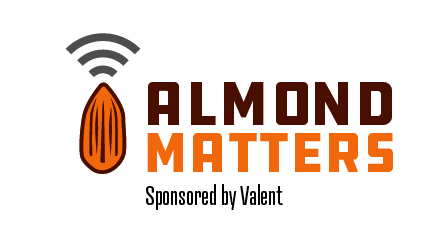In today’s Almond Matters, brought to you by Valent, hull split is a critical time for pest management in almond orchards. The opening of the sutures creates the opportunity for pests and diseases to get inside the hull to damage the nut. Field Market Development Specialist with Valent U.S.A., Todd Burkdoll said hull split is already underway in early varieties.
“I looked at some Sonoras yesterday down in the southern part of Tulare County and they were there. Non-perils are lagging right behind that along with Independents and some of the other earlier varieties,” Burkdoll explained. “So, yeah hull split is upon us and the consideration there is definitely navel orangeworm.”
Applying materials as the sutures open but before full-on hull split can help growers get ahead of navel orangeworm problems. Coverage is also critical for getting the most efficacy out of any applied materials. Burkdoll noted that there are multiple products available, they just need to be applied before the pest gets into the nut. “If there’s moths out there and they’re laying eggs along that suture or anywhere near there, if they eat into it and it’s treated with DiPel, within four or five days after application, it does a pretty effective job. So, it’s cheap insurance,” said Burkdoll.
The increasing cost of production this year is a significant factor that growers are weighing in their pest management approaches. Prices for fuel and critical crop inputs have risen dramatically. At the same time, prices for almonds are not moving at the same pace. Burkdoll said it can be challenging to try to cut costs while still achieving adequate pest management. However, reducing the likelihood of damage to the nuts will still be crucial for seeing a return on investment at harvest. “I see growers who are very conscientious about it, they start early, they do all the things that are available to them, and they typically have very low damage,” Burkdoll noted.
Listen to the report below.











